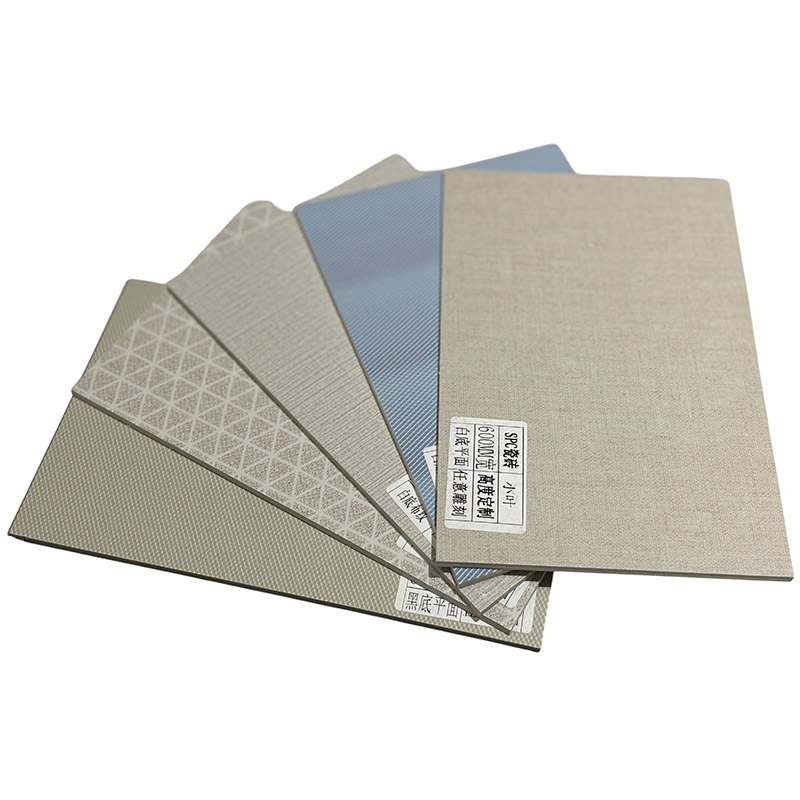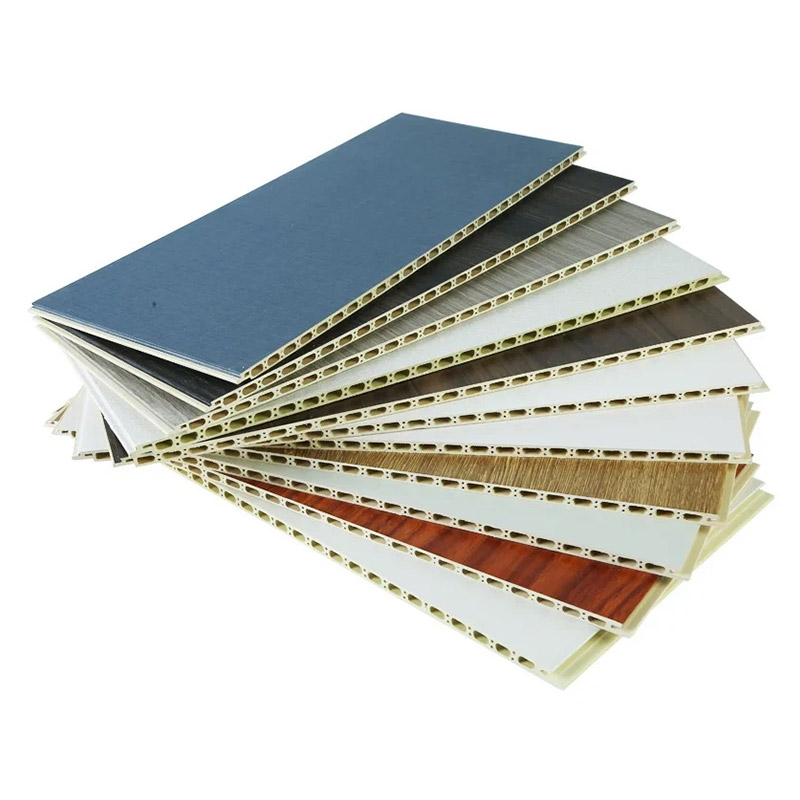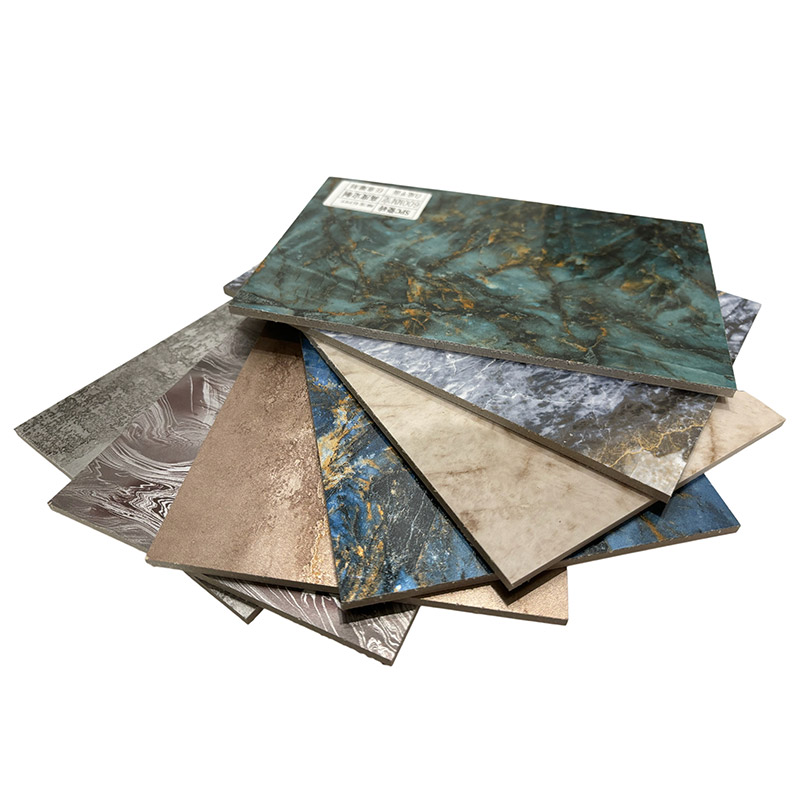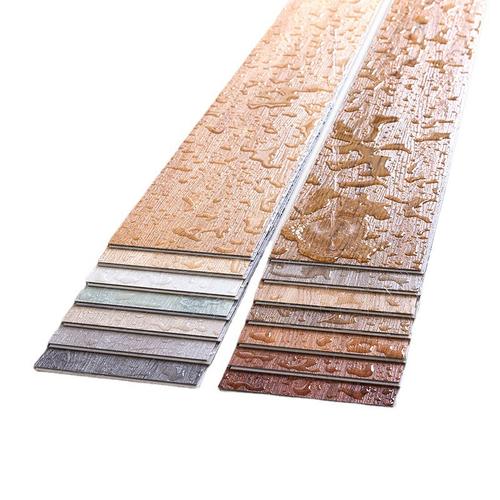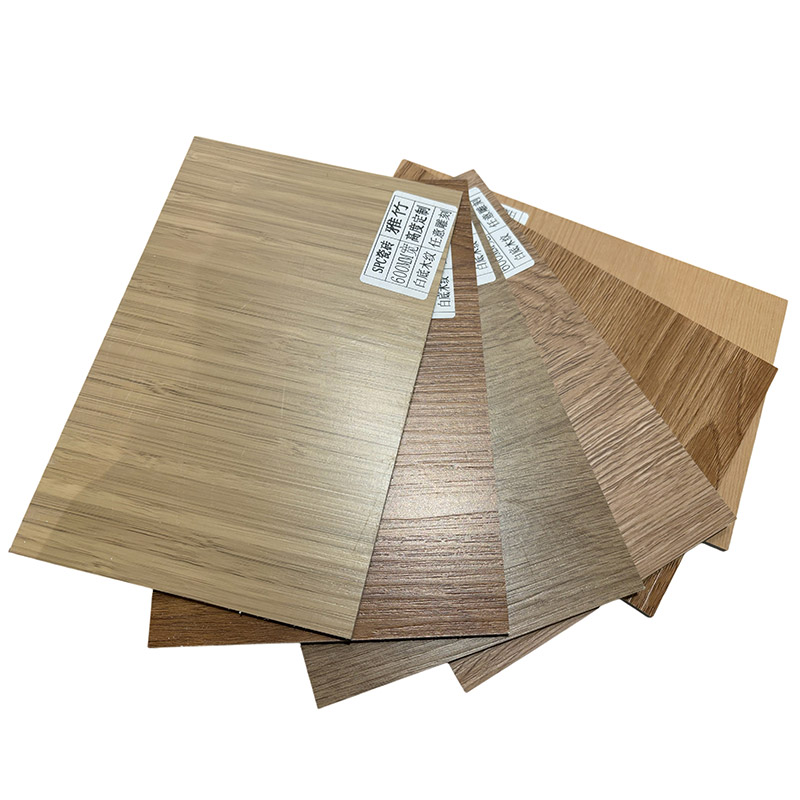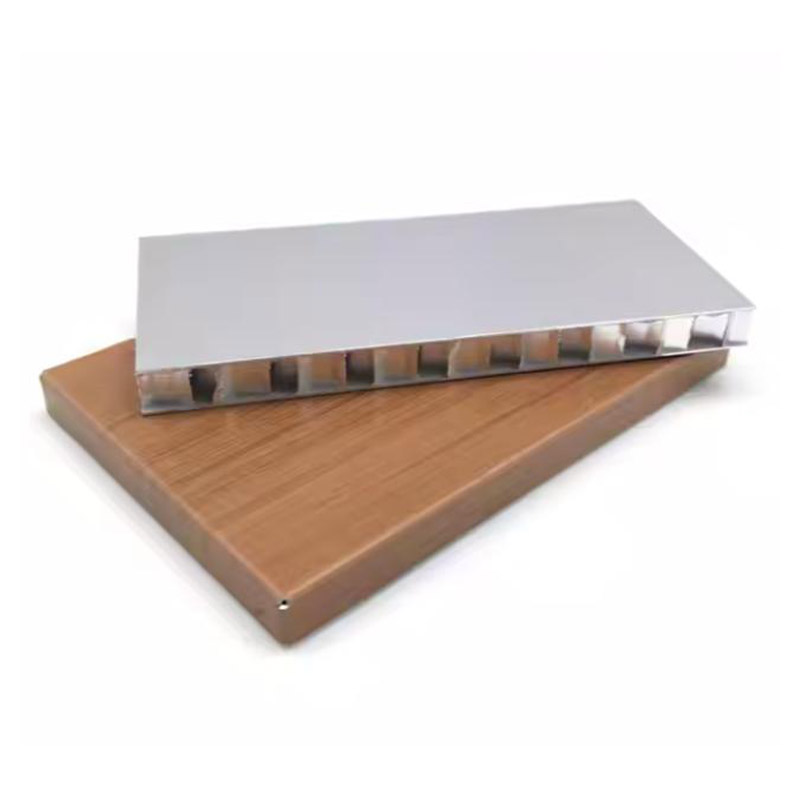How to Clean Fabric Wall Panels?
Fabric wall panels add warmth and texture as well as an air luxurious to any space but they need careful, focused upkeep in order to keep their pristine appearance. Contrary to traditional painted walls, fabric faces hold dust, absorb spills and fray with rough treatment. Below, we will walk you through each step, from preparation to cleaning-so that your panels retain their original color and appearance for a long time.
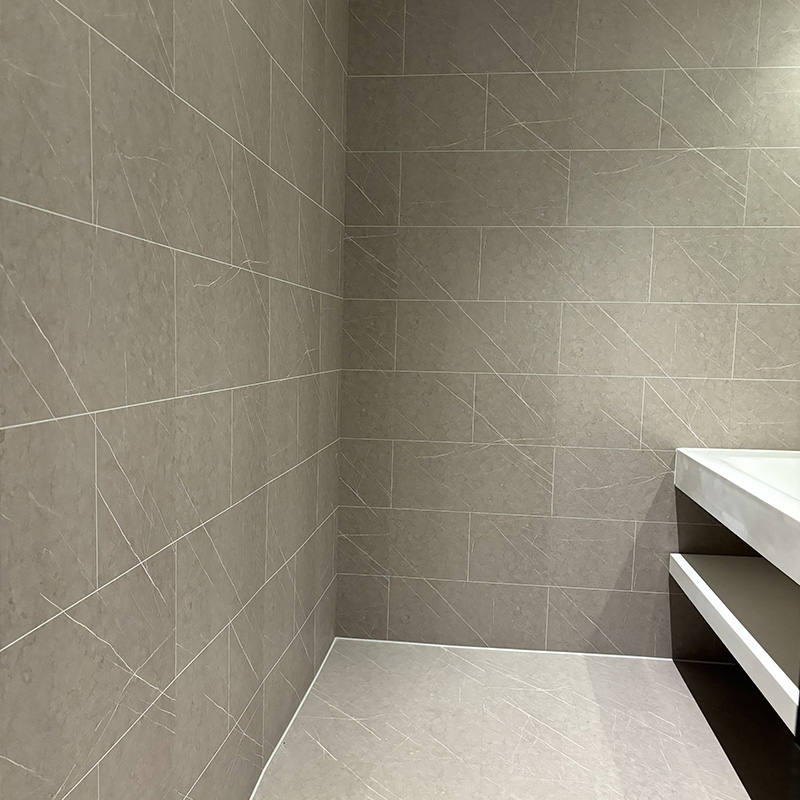
Table of Contents
Pre-Cleaning Preparation
Before beginning any cleaning job making sure you are prepared to not to damage the fabric and achieving the desired outcomes. This process focuses on acquiring the appropriate tools and evaluating products to avoid unexpected problems.
Gather Essential Tools and Supplies
Find tools that are gentle on fabrics like an ultra-soft bristled (bristle or microfiber) brush to remove dust collection, or a vacuum that has a brush attachment that is soft (look for specific settings for fabrics to ensure that the brush isn’t stretched) and a damp, lint-free cotton fabric to eliminate any dust. Use safe cleaners, neutral choices like fabric-specific detergents for laundry or phosphate-free cleansers (read the labels first). Use a stain remover that is bleach-free to clean up spills, and make use of filtering water to mix products (prevents the formation of water spots). Use disposable gloves (protects the skin) and mats for the floor (catches drips) to ensure your security.
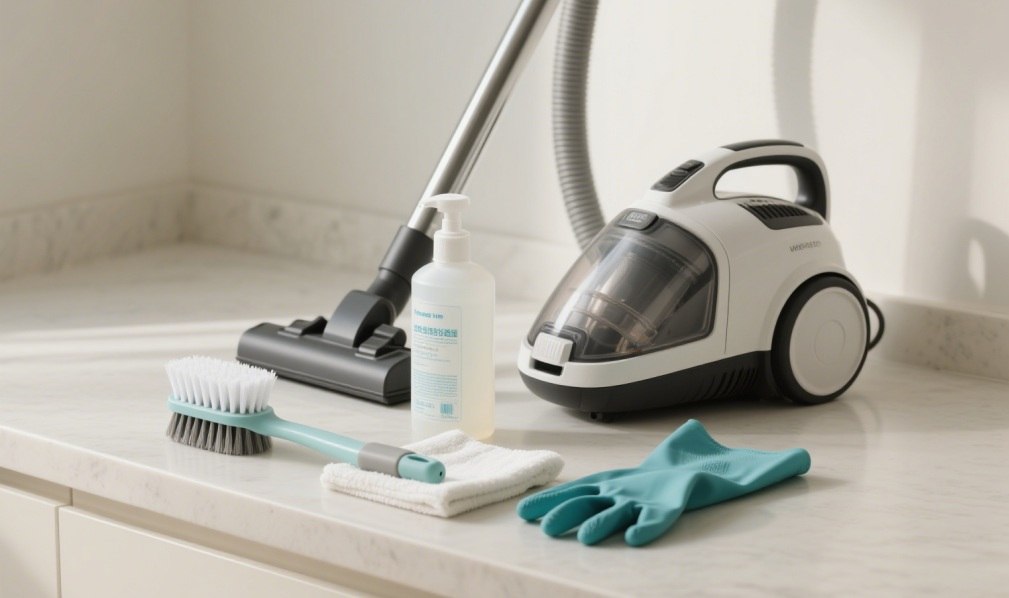
Check the Panel and Perform a Spot Test
Find the care label on panels to confirm fabric type (e.g., cotton-linen, polyester) and restrictions (e.g., washability, heat sensitivity)–ignoring this risks shrinkage or fading. Do a spot-test by choosing a small space (e.g. corners hidden by furniture) and then apply a small amount of cleaner, and allow it to sit for between 5-10 minutes. Check for signs any damages (discoloration or stretching or pilling) If there is no evidence of damage then it’s safe to use.
Daily Cleaning
Everyday cleaning should focus on moderate, regular maintenance to keep dust and minor spills from forming into hard stain. Plan for at least 1-2 times per week depending on the extent to which the room is utilized.
Remove Dust Effectively
The most frequent problem for fabric panels and frequent removal helps keep fibers clean. Begin by wiping dry using a soft-bristled brush across the grain of the fabric to prevent the fibers from breaking or tangling (which creates frizz). Don’t rub across the grain because this causes misalignment of fibers.
Then, vacuum to get a deeper clean. Make sure your vacuum is set to low suction and attach the soft-brush, and make sure it is in close proximity to the fabric (without pressing it too hard) as it moves through the pattern. Focus on the space in between panels to create dust hotspots. For a single-meter-sized fabric, be sure to limit your cleaning duration to 10 minutes to avoid overloading the fabric.
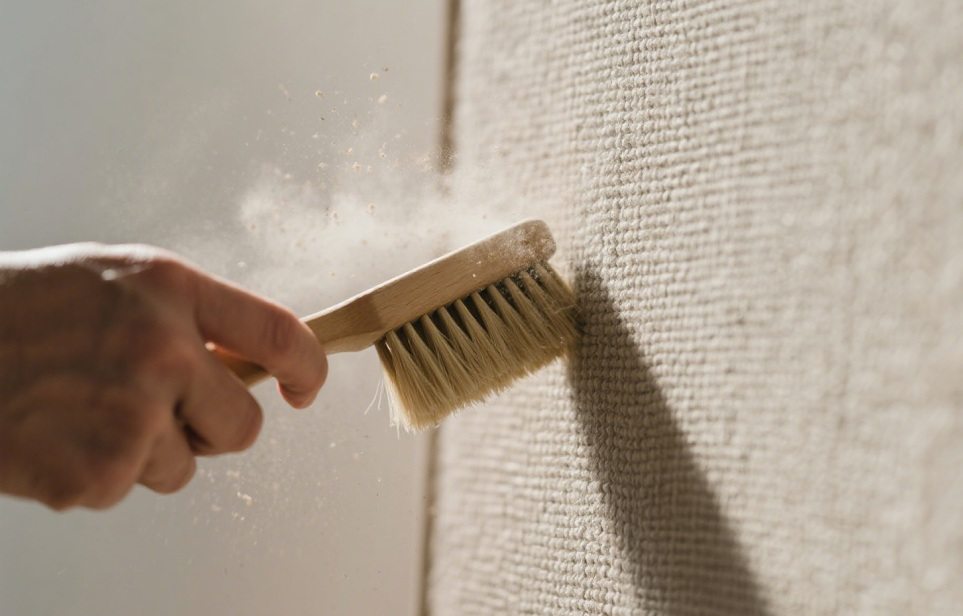
Treat Minor Stains Promptly
Treat small staining (water spots, tiny food splatters, small spills from drinks) in the first 24 hours to avoid setting. To begin, soak up any liquid by using the clean towel, or an absorbent fabric to lightly press over the stain. Don’t rub, as this spreads the more liquid into the fibers. Continue pressing until no water is transferred.
To get a deeper clean you can mix neutral cleaner with water in a ratio of 1:10. In a clean, lint-free cloth the solution, then wring it until it is slightly damp (excess water can cause developing mold or causing warping to the backing of the panel). Then, press the cloth against the stain three times to get rid of the discoloration. After that, clean using a plain, water-dampened cloth to get rid of any residue, then press the stain with an unwashed cloth absorb water.
Deep Cleaning
As a daily clean-up helps prevent accumulation deep cleaning reenergizes fabric and gets rid of dirt. It is recommended to do this every 3 months, but more often in places that are heavily used, such as living rooms.
Clean the Entire Panel
Start by vacuuming using the soft-brush attachment in order to eliminate particles on the surface. This stops dirt from getting trapped in fabric when it is mixed with cleaner.
Make a clean solution by mixing neutral cleaner and hot water (max 30) in a ratio of 1:20. Warm water dislodges dirt however, hot water expands or damages fibers. You can test the temperature by touching them first.
Dip your soft-brush into the solution, then gently scrub along the fabric’s grain (light tension only, vigorous scrubbers tear fibers and dulls the color). Work in 30-x-30cm segments to ensure that the solution does not get dry and get splattered onto fabric. After each section, wash with a clean cloth that has been soaked in water for several times to remove soap residues (residue makes dust later).
Dry them thoroughly to prevent water damage: Open windows to let air flow in, or utilize a fan with low-speed (keep it at least a mile away from your home to avoid stretching fabric). Don’t let the panels dry in direct sunlight. UV rays fade the fiber’s colors and weaken them.
Clean Gaps and Edges
Gaps and edges accumulate dust. To clean gaps, Dip a cotton swab into the cleaner solution 1:20 and then wipe the gap, and then replace the swab if filthy to stop spreading the grime.
For seams and edges for seams and edges: fold a lint-free fabric into a square (for accuracy) then dip it into the cleaner in a dilute form, then wipe around the edges and joins of your panel. If you spot loose threads or frayed edges cut them off carefully using small scissors. Do not pull them away. After cleaning, clean areas with plain water in order to eliminate any residue. Dry with a towel.
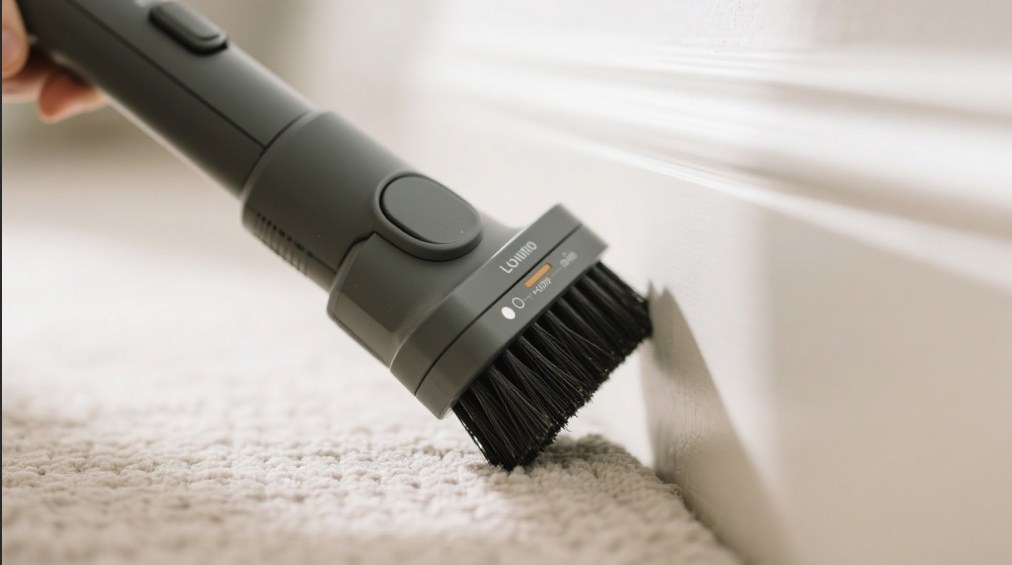
Treat Specific Stains
Different stain types require specialized strategies to prevent spreading or causing damage. Here are the steps for most common varieties.
Oil-Based Stains (e.g., Cooking Oil, Cosmetics)
Oil is adamant against water and is therefore a must to act quickly. The first step is to absorb any oil by pressing a dry cloth down onto the stain and replace it as it absorbs oil until there are no is transferred.
Place a little bit stain remover specifically designed for oil on the affected area, and allow to set for three to five minutes (do not let it sit longer as some formulations can harm the fabric). Carefully scrub the grain using your soft-brush. Then wipe the area with regular water to wash away the oils and remover. Repeat the procedure If the stain persists and dry it with a dry, clean cloth.lement of design that can support open-plan living as well as entertaining and enhancing the functionality and beauty of living spaces for socializing.
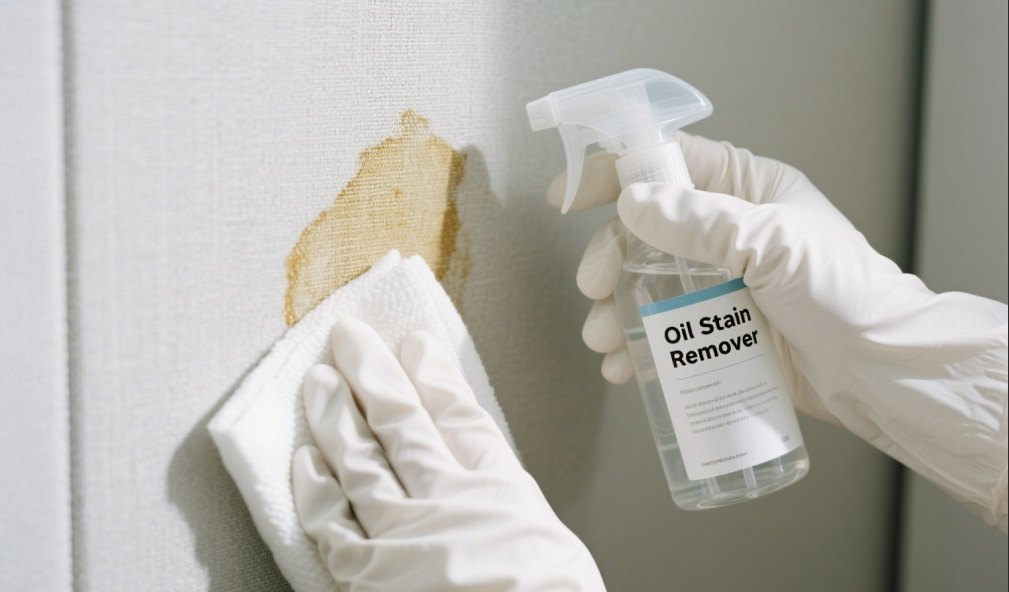
Water-Based Stains (e.g., Juice, Coffee, Ink)
Fresh stainings (under 24-hours) are easy to treat: make use of a plain cloth that has been dampened with water to lightly press on the stain, soak up as much liquid as you can (no rubs) and then dry it with air.
For stains that are old: Mix neutral cleaner and the warmest liquid (max 30). Dip a clean cloth into the solution, rub it into the stain, then allow it to sit for 10 minutes (to get into the fibers). Then gently scrub along the grain, and then wipe it clean with plain water to wash away the residue, and then dry thoroughly to prevent water spots.
Stubborn Stains (e.g., Paint, Sauce)
To remove dried stains, First, scrape off surface debris using a piece or plastic or cardboard. Be gentle so that you don’t push the debris further.
Select a stain remover that is suitable that is specifically designed for your type (e.g. paint remover for oil-based latex paint the enzyme-based remover used in sauce). Follow the instructions of the product (spray or dab the product as directed). Allow it to sit for the suggested time, then gently scrub it with an easy-to-use brush, then wipe using plain water to wash away stain and remover, then thoroughly dry.
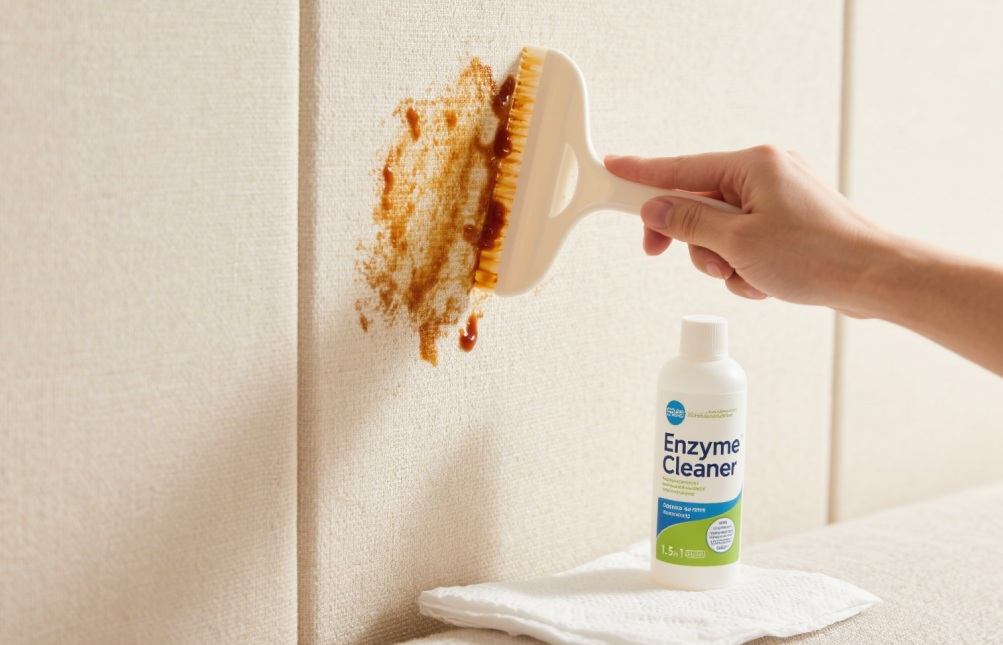
Final Words
Maintaining wall panels made of fabric requires the utmost care, timeliness and gentleness. Find secure tools (soft brushes or Low-suction vacuums) and test cleaning products first. Clean your house weekly, treat minor stains within 24hrs and deep clean each 3-6 months, and then match treatments for stain. For quality, easy-maintain panels (residential/commercial), choose products from reliable fabric wall panels manufacturers like Chongqing Huigong–they resist dust and fit the above cleaning methods.

